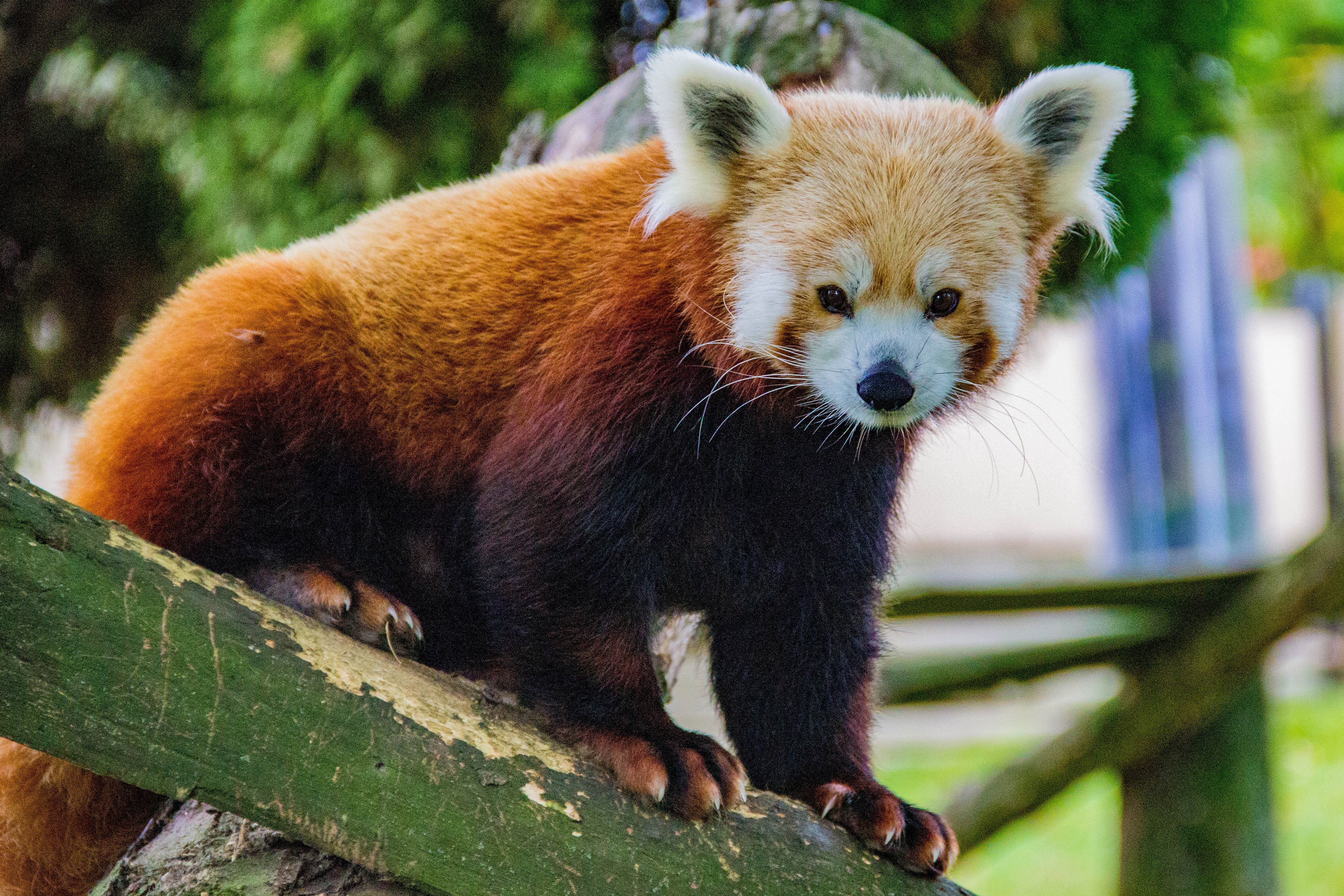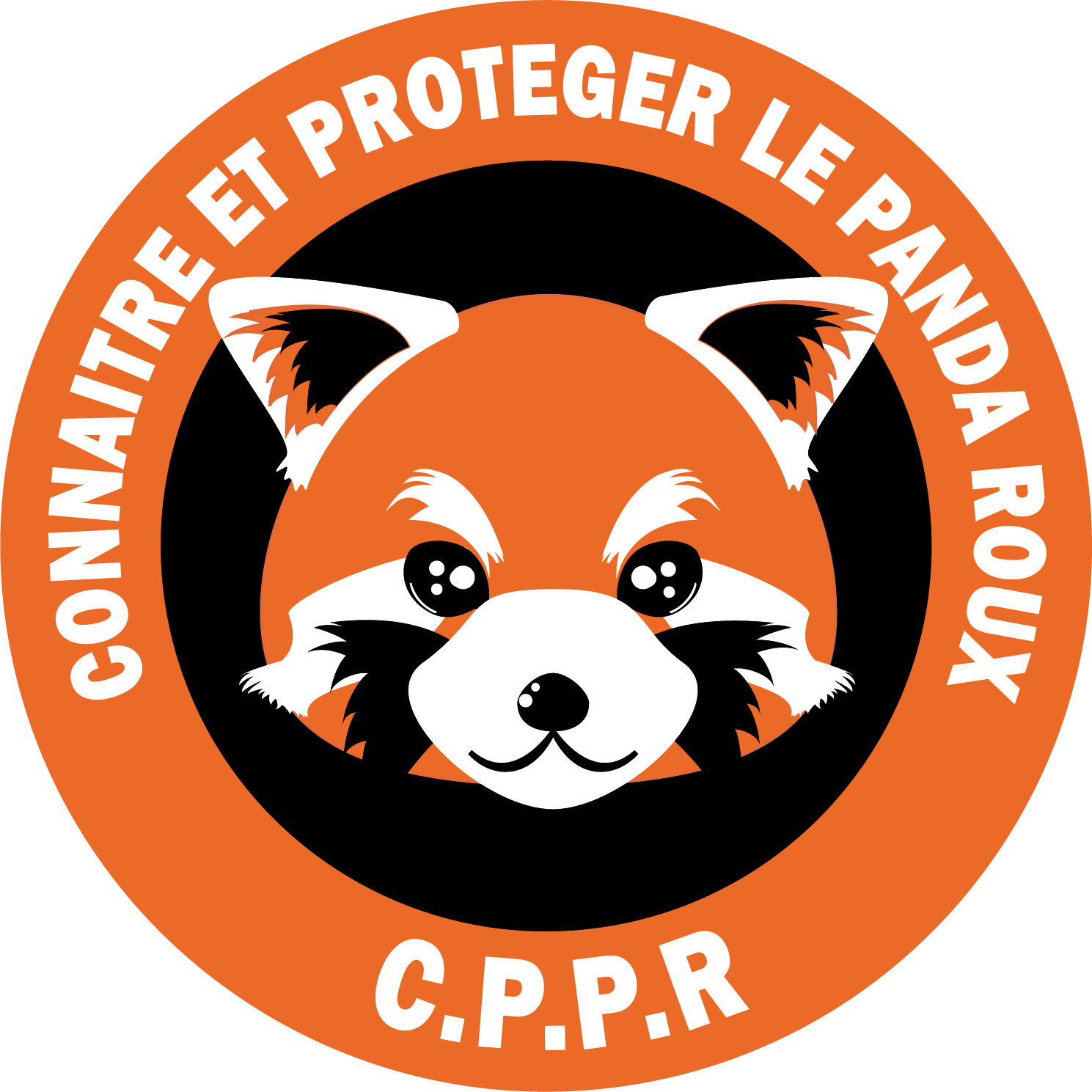Red panda: Closer to the giant panda or the raccoon?

The Chinese call it the “cat-bear”, the English the “firefox”, or the “Himalayan raccoon”. The scientists who discovered it in 1825 named it «Ailurus», a Latin term derived from the Greek «Ailuros», which means a cat.
Pas étonnant que le panda roux soit resté si énigmatique pendant toutes ces années ! Qui est son plus proche parent ? Le chat, le renard, le raton laveur ? Ou peut-être le panda géant ?



To help us answer this question, we interviewed Stéphane Peigné, the deputy director of the Centre for Research on Palaeobiodiversity and Palaeoenvironments. Mr. Peigné holds a PhD in Systematics and Evolution of Paleogene Feliform in Eurasia. He has been a researcher at the National Scientific Research Centre (CNRS) since 2003, and has worked at the National Museum of Natural History (MNHN) since 2007.
Morphological approach
The small panda was first described by Frédéric Cuvier in 1825. Consequently, its systematic position has not ceased to pose questions among the scientific community. Depending on the morphological criteria studied, the red panda looks more like a mustelid (otter), a procyonid (raccoon) or a viverrid (civet), depending on the general morphology of the body, the color, the length of the snout, the dentition, or the legs.


In 1843 Gray was the first to use the term "ailurid," which he understood as a subfamily. In the classification of Gray, the Carnivora are divided into two groups, one comprising the felidae (felines), the hyaenidae (hyenas), the viverridas, the canidae (wolves) and the mustelidae, the other the ailuridae, the procyonidas and the ursidae (bears). But the term “ailuridae” will not be used again until the end of the 20th century.
Until the mid-1960s, the majority of studies placed the genus Ailurus among the procyonids, or described them as cousins. The morphological criteria used are: dentition, skull, general anatomy, skull base, genetics and ecological evidence.


But the majority of these characters are irrelevant, as they may result, for example, from intraspecific variation, or be too general. For example, if you look at the number of molars on each mandible, bears have three molars, whereas red pandas have only two molars…

It is also important to note that the first studies compared only a few taxa to each other. In 1964, Davis, who then studied the giant panda, made a more exhaustive comparison with, this time, a number of other species of Carnivora. It will result from his study that the giant panda is part of the family of ursids, with a food specialization herbivore; Davis makes another observation: the red panda is different from the giant panda and is not an ursid. From the end of the 1980s, scientists included more Carnivora in their studies, making it possible to specify the systematic classification.
Historic approach
We now know that the family of ailuridae comprises nine genera, and twenty-six species, almost all fossils. The only species still alive is Ailurus fulgens, the red panda. But it has not been easy to determine the systematic position of all these species because scientists sometimes have little material to carry out their research (skeletons often incomplete). Thus the origin of the family is still to be determined, but the oldest ailurid found would be dated to 28 million years, at the end of the oligocene era. This is Amphictis. All Amphictis skeletons have been discovered in Europe, which determines the cradle of the family in this region. Then ancestors of the red panda would have migrated to Asia and North America. The genus Ailurus appears in China in the middle of the Pleistocene period.
Taking all of these fossils into account has established a close relationship between these species, with 31 significant morphological characters (related to the skull, mandible, dentition, and a modified wrist bone, also known as “fake thumb”)., thus classifying them in a very special family, that of the ailuridae. But not all ailuridae are alike! The species of the genus Simocyon, for example, appeared 9 million years ago, at the end of the Miocene era, were the size of a puma, and carnivorous, unlike the red panda, which feeds on bamboo.

Molecular approach
The first biochemical studies were carried out in the late 1960s, and the first molecular studies were carried out in the mid-1980s. During this period, the position of the red panda has evolved considerably among the arctoids (taxon grouping ursids, procyonids, mustelids, mepihtidae, pinnipeds and ailuridae). This is due to different major parameters such as the number of taxa used for analyses, or the number and diversity of genes.
These early biochemical and molecular studies showed a link between the red panda and the giant panda. It is true that the vernacular name “panda”, derived from a Nepalese word meaning “bamboo eater”, and the geographic distribution of these animals tended to confirm this link.


In addition, at that time, the systematic position of the giant panda was also controversial. It was not until 1964 that he was assimilated to a bear. Moreover, until the late 1980s, studies compared the red panda only to the giant panda, a few bears, a few procyonids and a few other arctoids. From 1989, the scientists took into account many other Carnivora, making it possible to better define the classification. In 2000, thanks to their molecular analysis, Flynn and his colleagues establish that the taxon of Musteloïdea includes four families: mustelidae (otters, martens), procyonidae (raccoons), mephitidae (skunks) and ailuridae! For this study, they took into account all caniforms, that is, arctoids and canidae.

Thus, since its discovery in 1825, the red panda has continued to evolve in the systematic classification. It was not until the beginning of the 21st century that palaeontologists and molecular biologists agreed and granted it its special place. It is the only surviving descendant of a family of its own: the ailuridae. Its relationship with the giant panda is limited to its name. It is not uncommon for animal species to have the same name, such as the rhinoceros: a large herbivorous mammal and also a beetle insect. We can therefore conclude by answering our initial question: The red panda is closer to the raccoon!
